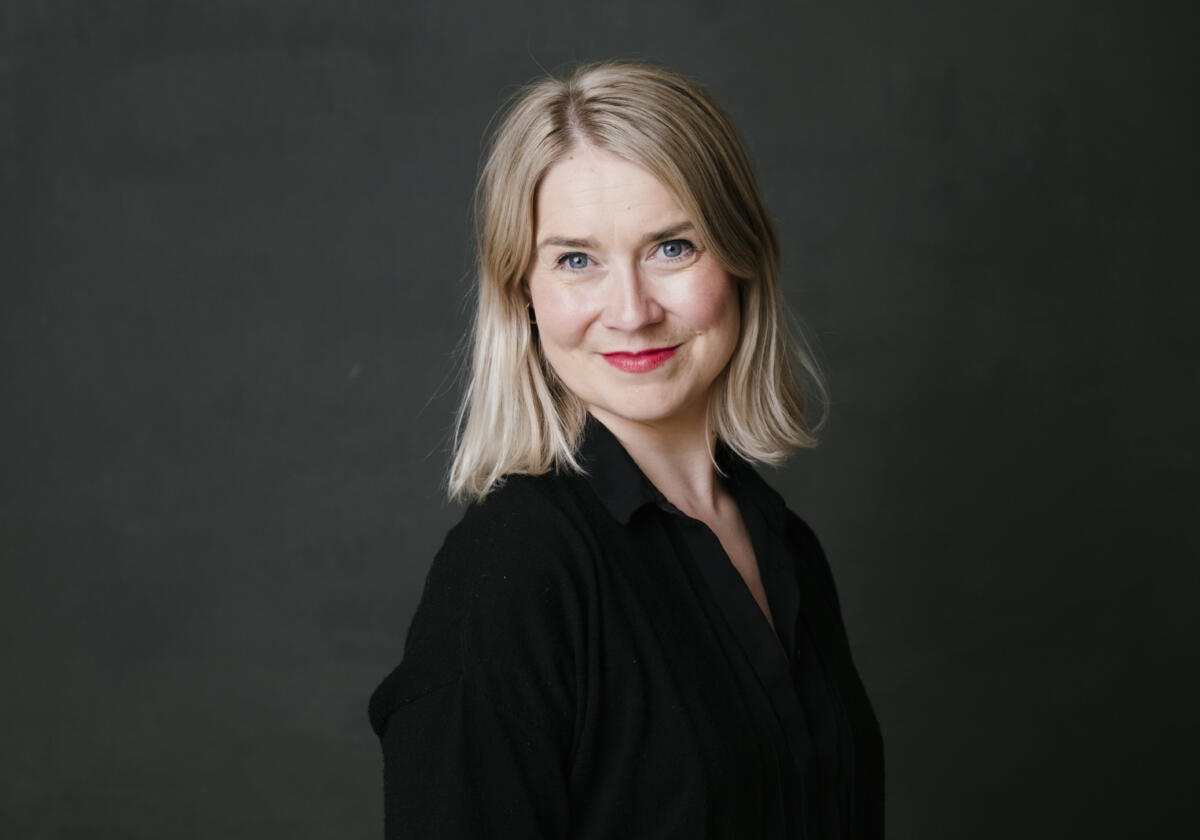Exploring the Master of Comparative Dramaturgy and Performance Research
First-year student Anna Korolainen Crevier discusses the unique double degree program and her research into how pleasure and playfulness can unlock creativity.

You can find Anna and her work on Instagram at @AnnaKorolainen-Crevier, or check out her theater company, Spindrift Theater. The full interview is also available as a podcast episode.
I had the joy of sitting down with Anna Korolainen-Crevier, a first-year student in the Master’s of Comparative Dramaturgy and Performance Research program. A theatre maker and actress with over a decade of experience, Anna decided to pursue her master’s to get a deeper understanding of the theory behind theatre making. Our conversation touched on what dramaturgy is, the global nature of her degree, and the surprising freedom she’s found in her studies.
The Anatomy of Performance
Anna describes dramaturgy as the “anatomy of a performance,” the structure and logic behind what happens on stage. The program focuses on performance itself rather than just written text, exploring how scenes are structured and how dynamics change. What makes this program truly unique is that it’s a double degree. As a student, you spend time at two different institutions within a network of five European drama schools and universities. Anna spent her first six months at Uniarts Helsinki before studying for a year in Paris, where she focused on directing, and has now returned to Finland to finish her degree. This “comparative” aspect of the program teaches students to understand dramaturgy in a global context, not tied to a single language or culture.
A Multifaceted Approach to Theatre
The degree is not just about dramaturgy; it also has a strong focus on performance research. Students are expected to come in with a research question and explore it throughout their studies. Anna’s own research looks at how pleasure and playfulness can open up creative space in theatre. She explores this question through various hands-on practices, such as writing through physical exercises and creating images and silent scenes instead of dialogue.
For Anna, the degree has been a chance to be a multifunctional artist. Since she has already completed her obligatory courses, she can now take electives that interest her, from dance and acrobatics to a course on directing for a large stage. She sees a broader trend in the industry of artists becoming more versatile and collaborating in non-hierarchical ways.
Finding Balance and Embracing the Process
When asked about managing the demanding workload, Anna emphasized the importance of work-life balance, especially as a parent. The regular school hours at the Theatre Academy—from 9 or 10 a.m. to 4 or 5 p.m.—have been a “lifesaver” compared to the long hours common in freelance theatre work.
For those considering applying, Anna’s advice is to come in with a clear sense of what you’re interested in, as the program offers a wide range of options. She also noted that the small class sizes (often only 2-4 students per year) provide an intimate, supportive environment and ample opportunities for individual coaching.
Looking ahead, Anna is excited to continue exploring her research and creating performances. She believes that once you start researching a topic, it becomes a lifelong process because new questions are always arising.
Life of an art student
In this blog, Uniarts Helsinki students share their experiences as art students from different academies and perspectives, in their own words. If you want to learn even more regarding studying and student life in Uniarts and Helsinki, you can ask directly from our student ambassadors.
Latest posts
Follow blog